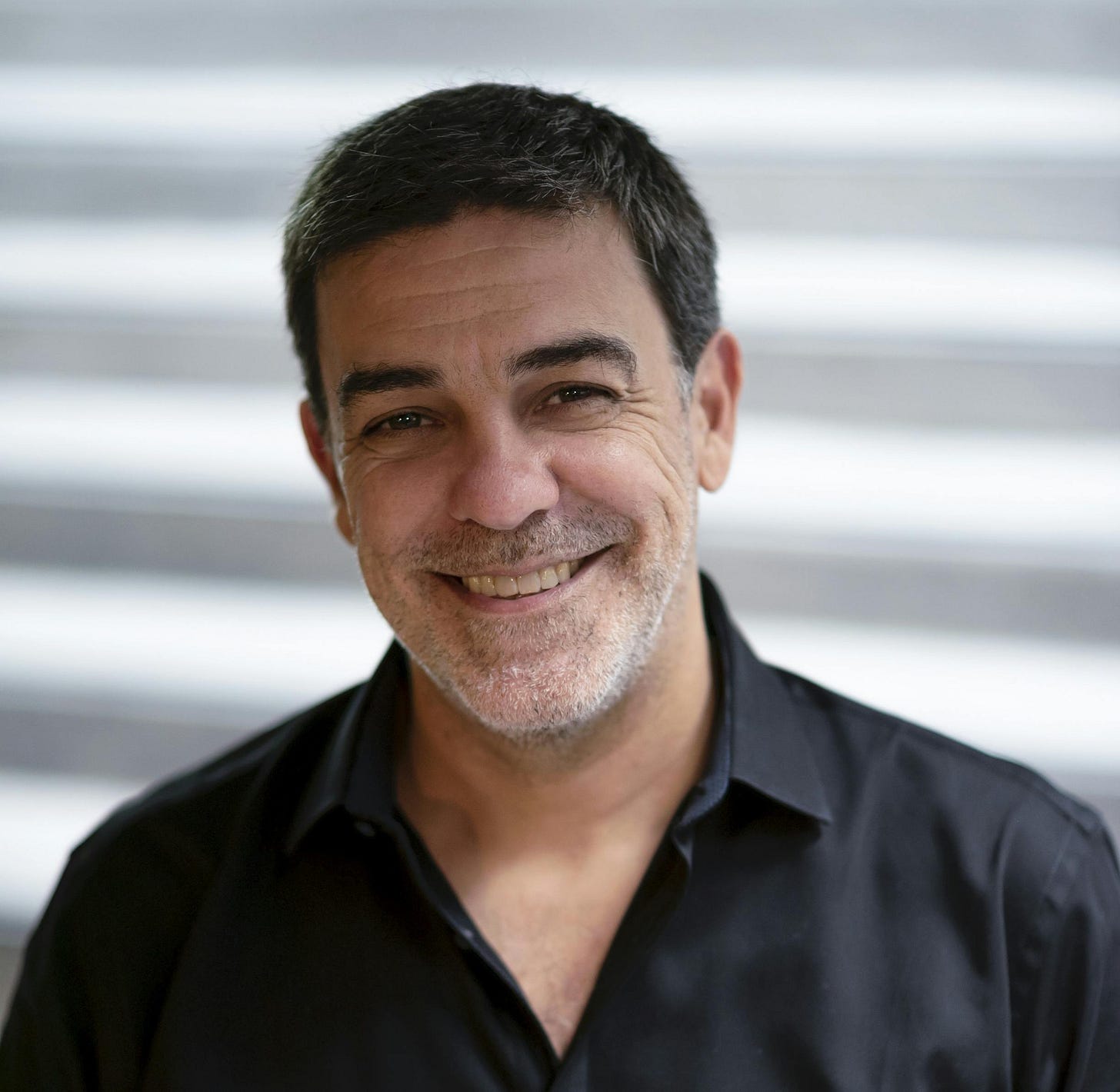The Problem with Frameworks—Your Shot of Fearless Culture #389
Where change agents find their weekly dose of culture insights and exercises, one topic at a time.
Most people treat frameworks like templates.
They print them out, fill the blanks with sticky notes, and believe they've created a strategy—or a culture.
A framework is a way to understand reality, not reality itself. It’s a springboard for your ideas, not a structure to disguise your lack of them.
Frameworks are like lenses, not what we see. They can provide perspective, distort our views, or even blind us.
As you know, I'm a fan of frameworks and have created hundreds myself. But I always remind my clients, those who attend my workshops, and myself: rather than trying to adapt reality to the framework, we must adapt our frameworks to reality.
The Culture Design Canvas is such a lens. A powerful way to make culture actionable and tangible. But it's not your culture.
Understanding and improving your culture requires actions—not just words.
The Canvas is not a template to make your culture look good. It's a lens to help you understand how people experience it, zoom in on what needs attention, and also have a look into the future.
In my latest article, I'm sharing how to use the Culture Design Canvas the right way: The complete guide that includes the most common mistakes, applications, real use cases, and upgrades to the model.
Whether you're new to the Canvas or you’ve been using it for years, I hope you get some tips and tricks to help you build better cultures.
The Canvas is the tool—the magic is all yours.
Explore this week's newsletter:
My latest article → Culture Design Canvas: The Complete Guide
Practical tips and activities to make culture actionable
Stay fearless, my friend.
Gustavo
In Case You Missed It
→ Culture Is Not Invisible—It’s Hidden in Plain Sight
Ask Your Team This
What’s the gap between the culture we say we have—and how you actually experience it?
⚠️ Try This
Use the Culture Design Canvas to spark a two-way conversation with candidates—not to assess them, but to reflect on culture together.
Here’s how:
Pick one building block from the Canvas—like Feedback. Share how your team approaches it (e.g., how feedback flows, key practices).
Then ask the candidate to reflect on their own preferences and experiences.
One team I worked with hired someone because of a moment like this. During the interview, the candidate said:
“I like to give feedback to my manager—even when not asked. Is that welcome here?”
The hiring manager hesitated but then admitted, “That’s something we’re trying to get better at—managers asking for feedback.”
They hired her because she’d help them get there. That’s culture in action, not words.
🍦 Feed Your Curiosity
12 examples of powerful company cultures
Templates and frameworks and models, oh my!
Applications of systems thinking
🔎 Master the Culture Design Canvas
The Culture Design Masterclass will help you make culture tangible and actionable by:
Uncovering your actual culture (beyond the values on your wall)
Identifying the hidden gaps blocking change
Designing a culture that drives the behaviors you actually need
Learn more about the Culture Design Masterclass.
“Gustavo is amazing! I had been waiting for this class for months and it was worth the wait! I’m excited to continue the certification journey because one day is just not enough for the amount of wisdom he has to share.”
– Michelle
Registration is open for August and September.
Our culture design programs have 100+ 5-star Google Reviews.
Connect & Collaborate With Gustavo
New to the Demystify Culture newsletter? Subscribe for free.
Let’s connect on LinkedIn
Explore my culture design services
Join the Build a Fearless Culture program. Registration is open for the next cohort. Learn to intentionally design all the key building blocks of work culture. Book your seat: Build a Fearless Culture Program – September 2025
Gustavo Razzetti
CEO, Fearless Culture




I too love a good framework! And I totally agree that a framework, to be most effective in what it was designed to do, should be used as a "sensing eye" - used to provoke, interrogate, examine, collaborate and corroborate. Thanks for putting this out there.